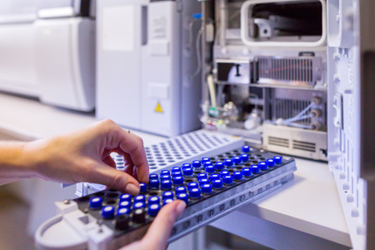Chromatography Solutions For AAV Full And Empty Capsid Separation

Adeno-associated viruses (AAV) have emerged as a promising viral vector for gene therapy templates. Despite the expanded adoption of this modality, several process challenges create inefficiencies during AAV manufacturing. A critical hurdle is the separation of full and empty AAV capsids during downstream processing. Empty capsid impurities lack the desired genomic content and, therefore, provide no therapeutic benefit to the patient. For this reason, empty capsids should be removed during purification. However, the similar characteristics of empty and full capsids make separation quite challenging; the full capsids feature only a slightly lower isoelectric point (pI) and a slightly higher density compared to the empty capsids.
Effective separation of full and empty AAV capsids requires implementation of purification strategies that differ from standard approaches used for traditional modalities, such as antibodies. Explore two case studies describing such approaches. In the first case study, anion exchange resins were evaluated for their ability to separate full and empty capsids using a non-traditional hybrid elution gradient. The second case study describes the online detection capabilities of a singleuse chromatography system, demonstrating feasibility of real-time UV ratio detection for improved process control in viral vector manufacturing.
Get unlimited access to:
Enter your credentials below to log in. Not yet a member of Cell & Gene? Subscribe today.
